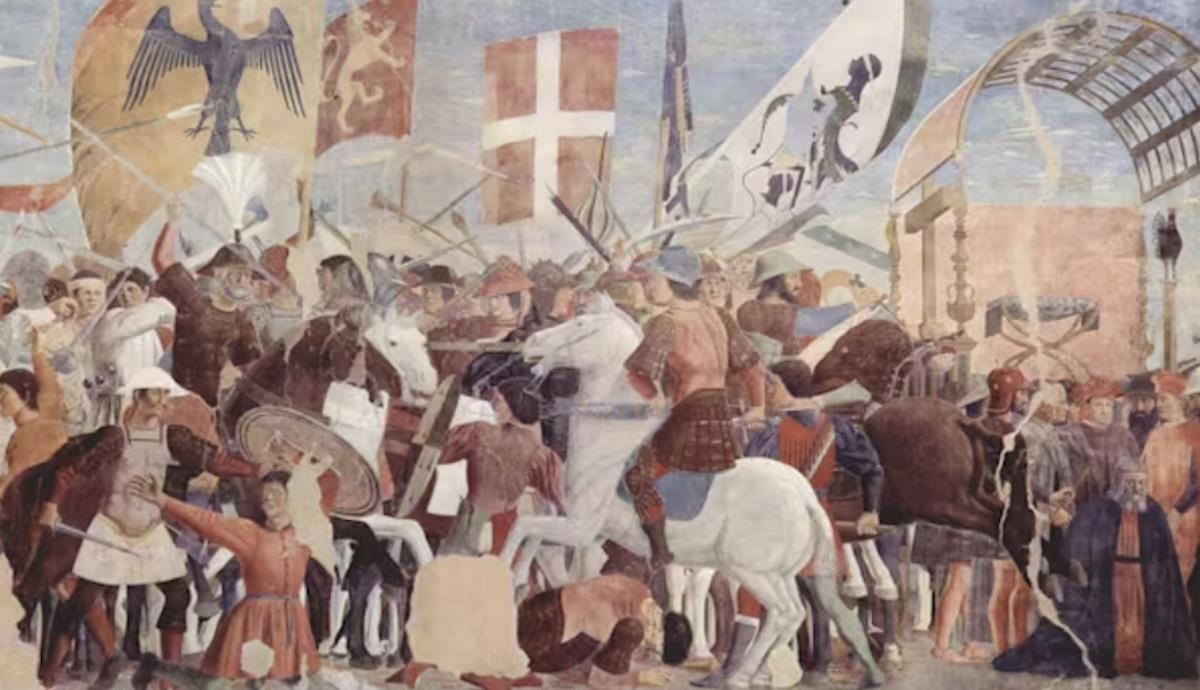
Rethinking The Decline Of The Eastern Roman Empire
That year, a volcanic eruption created a dust veil that blocked the sun in certain regions of the world. This, combined with a series of volcanic eruptions in the following decade, is claimed to have caused a decrease in the global temperature.
Between 541 and 544, there was also the first and most severe documented occurrence of the Justinianic plague in the eastern Roman Empire (also referred to as the Byzantine Empire), in which millions of people died.
Studies show that there is no textual evidence for the effects of the dust veil in the eastern Mediterranean, and there is an extensive debate over the extent and length of the Justinianic plague. But, despite this, there are still many in academia who claim that changes to the climate and the outbreak of plague were catastrophic for the eastern Roman Empire.
Our research , which was published in November, shows that these claims are incorrect. They were derived from using isolated finds and small case studies that were projected onto the entire Roman Empire.

Legal Disclaimer:
MENAFN provides the
information “as is” without warranty of any kind. We do not accept
any responsibility or liability for the accuracy, content, images,
videos, licenses, completeness, legality, or reliability of the information
contained in this article. If you have any complaints or copyright
issues related to this article, kindly contact the provider above.























Comments
No comment